Mulato Pepper: Spicy, Sweet, and Full of Soul — A Flavor-Packed Guide for Chili Lovers!
Table of Contents
- Introduction to the Mulato Pepper
- Flavor Profile & Heat Level
- Culinary Uses of the Mulato Pepper
- How It Stacks Up: Mulato vs. Ancho vs. Poblano
- Buying Guide: Choosing the Best Mulato Peppers
- Pro Tips for Cooking with Mulato Peppers
- Storage Tips for Freshness & Longevity
- Homemade Recipes Featuring Mulato Peppers
- Conclusion: Embrace the Richness of the Mulato Pepper
Introduction to the Mulato Pepper
If you're into Mexican cuisine or deep, earthy flavors in your cooking, chances are you've stumbled upon the mulato pepper. This dark-hued, mildly spicy chili is a staple in many traditional dishes, especially moles, and it’s time more people got to know its flavor-packed personality.
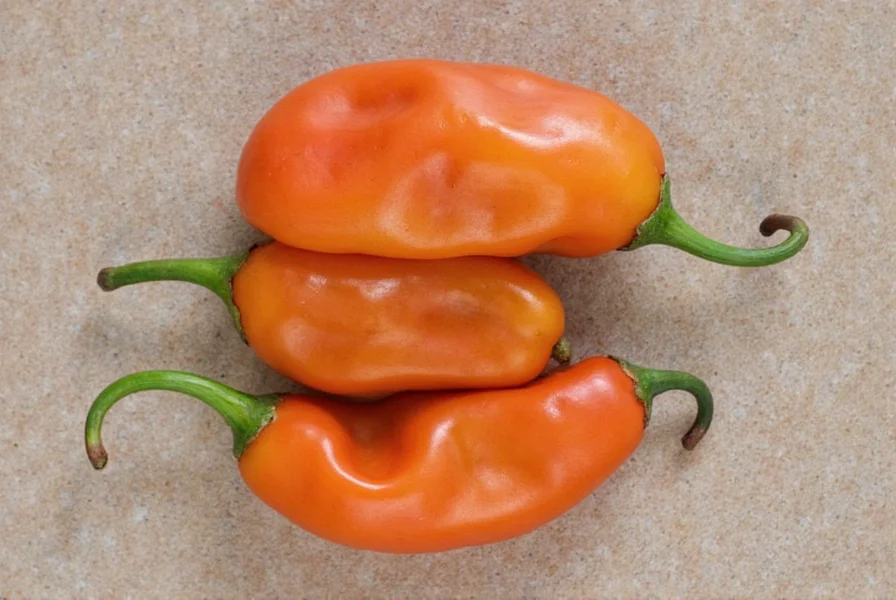
The mulato is often mistaken for its cousins — the ancho and poblano peppers — but it has a character all its own. Grown mainly in Mexico, particularly in regions like Puebla and Oaxaca, the mulato is actually a dried version of the poblano pepper, much like the ancho, but harvested later in the season when it's fully matured. That extra time on the vine gives it a richer color, deeper flavor, and slightly higher heat than its relatives.
In this article, we’ll dive into everything you need to know about the mulato pepper: from its flavor profile and culinary uses, to how it compares with other chilies, and tips for buying and cooking with it. Whether you’re a home cook looking to spice up your dinner or a pro chef experimenting with authentic Mexican flavors, the mulato pepper is worth getting to know.
Flavor Profile & Heat Level
The magic of the mulato pepper lies in its complex flavor. Unlike sharp, upfront hot peppers, the mulato delivers a smooth, rounded heat that builds slowly and pairs beautifully with sweet and savory ingredients.
| Attribute | Details |
|---|---|
| Heat Level (Scoville Units) | 2,500 – 3,000 SHU |
| Flavor Notes | Earthy, Smoky, Chocolate, Dried Fruit, Coffee |
| Color | Nearly black when dried |
| Texture | Soft, leathery skin; thick flesh |
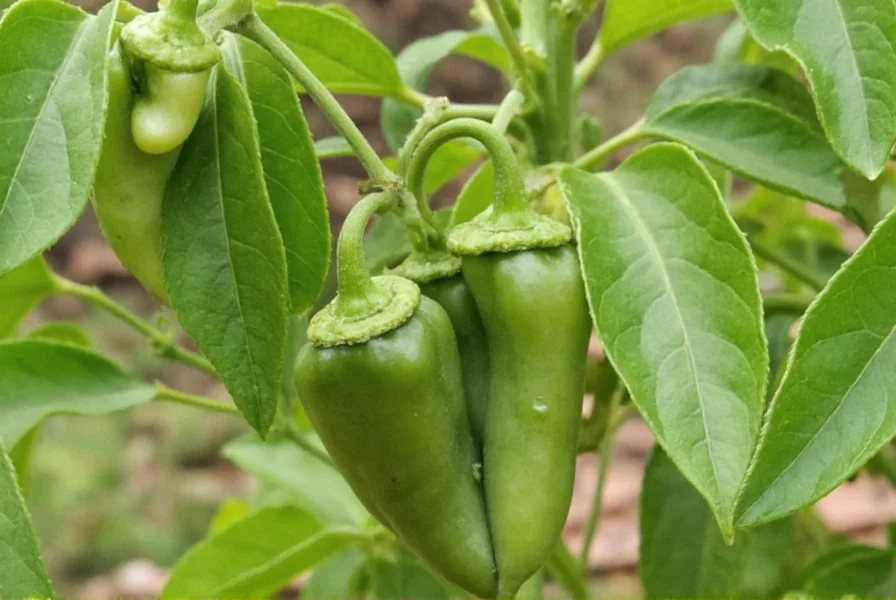
On the Scoville scale, which measures spiciness, the mulato sits around 2,500–3,000 units. For comparison, a jalapeño ranges between 2,500–8,000, so the mulato is relatively mild. However, what sets it apart isn’t just the heat — it’s the depth of flavor. Think of it as a smoky, slightly sweet, and deeply rich chili that can stand on its own or blend into complex sauces and stews.
Chefs love using it in mole sauces because of its affinity for chocolate and warm spices. It adds body and a subtle kick without overpowering the dish. When toasted and rehydrated, it becomes even more aromatic and flavorful, making it a favorite among mole purists.
Culinary Uses of the Mulato Pepper
The mulato pepper shines in slow-cooked sauces, soups, and marinades. Here are some classic and creative ways to put it to work in your kitchen:
- Mole Sauce: Especially mole negro from Oaxaca, where the mulato plays a starring role alongside chocolate, nuts, and spices.
- Adobo Sauces: Blend with garlic, vinegar, and herbs to create a rich base for meats and vegetables.
- Stews and Braises: Add depth to beef, pork, or bean-based dishes by simmering it in the liquid.
- Rubbing Spice Mixes: Combine ground mulato with cumin, coriander, and salt for a bold dry rub for grilled meats or roasted veggies.
- Salsas: Use rehydrated mulato peppers in salsas for a darker, more complex flavor profile compared to fresher chilies like serrano or jalapeño.
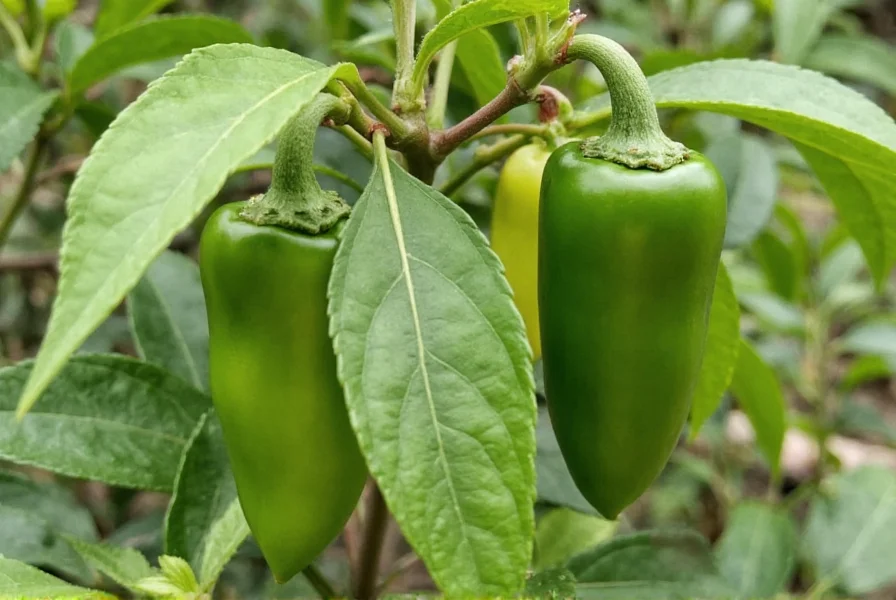
Because of its robust flavor, the mulato works best when paired with ingredients that can hold their own — think tomatoes, garlic, cinnamon, clove, and yes, even dark chocolate. It’s not the kind of chili you want to throw raw into a salad; rather, take the time to toast, rehydrate, or roast it first to unlock its full potential.
How It Stacks Up: Mulato vs. Ancho vs. Poblano
If you’ve ever stood in front of a rack of dried chilies trying to figure out which one is which, you’re not alone. The mulato, ancho, and poblano peppers are closely related — but they each bring something different to the table.
| Chili | Origin | Heat Level | Flavor Notes | Best Use |
|---|---|---|---|---|
| Mulato | Dried mature poblano | 2,500–3,000 SHU | Earthy, Smoky, Chocolate | Moles, Stews, Adobos |
| Ancho | Dried red poblano | 1,000–2,000 SHU | Fruity, Raisin-like | Mothers sauce base, Salsas |
| Poblano (Fresh) | Fresh green chili | 1,000–2,000 SHU | Grassy, Bright, Nutty when roasted | Stuffed peppers, Tamales, Soups |

While all three come from the same family (the poblano pepper), their differences matter depending on what you’re cooking. If you’re aiming for a deep, smoky mole, the mulato is your go-to. If you want something sweeter and fruitier, reach for the ancho. And if you’re stuffing peppers or roasting them fresh, the poblano is king.
So next time you’re planning a Mexican-inspired feast, don’t be afraid to use a mix of these chilies to layer flavor like a pro!
Buying Guide: Choosing the Best Mulato Peppers
When shopping for mulato peppers, whether at a local market or online, there are a few key things to look for to ensure you’re getting top-quality chilies:
What to Look For
- Appearance: Choose peppers that are dark brown to nearly black in color, with a leathery texture. Avoid those that look brittle or cracked — that means they may be too old.
- Size: Medium-sized mulatos tend to have the best balance of flavor and heat. Larger ones can be tough and woody; smaller ones might be overly concentrated in flavor.
- Smell: A good mulato should have a rich, earthy aroma — not musty or off-putting. If it smells stale, pass it by.
- Rehydration Test: Try soaking a small piece. It should soften and become pliable within 20–30 minutes. If it stays rock-hard or disintegrates, it’s likely not fresh.
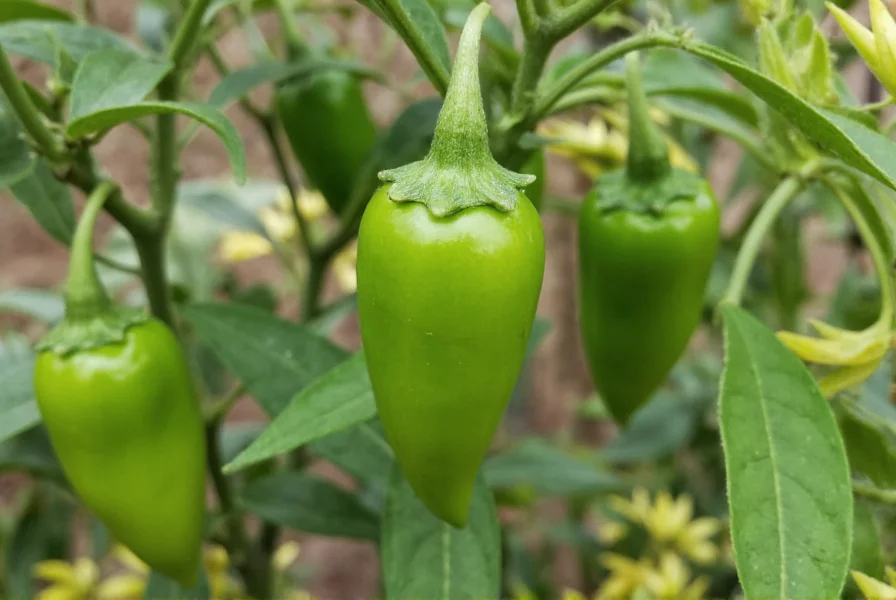
Top Brands & Where to Buy
- Goya Foods: Offers consistent quality and widely available in most supermarkets. Ideal for beginners.
- La Costeña: Known for authentic Mexican flavors. Great for serious cooks who want a traditional taste.
- Hatch Chile Company: Premium brand with organic options. Perfect for gourmet or specialty recipes.
- Online Retailers: Amazon, La Tienda, or Penzeys offer great options for fresh and organic mulato peppers year-round.
Use Cases
- Home Cooks: Go for Goya or La Costeña — affordable and reliable for everyday cooking.
- Food Enthusiasts: Hatch or Penzey’s will give you that extra layer of complexity for special meals.
- Restaurants/Chefs: Consider bulk ordering from specialty distributors for consistency and quality.
Pro Tips for Cooking with Mulato Peppers
Want to get the most out of your mulato peppers? Here are some expert-approved tricks to make every bite sing:
- Toasting Before Rehydrating: Toasting brings out the natural oils and intensifies the flavor. Simply place the pepper on a dry skillet over medium heat for 1–2 minutes per side until fragrant.
- Use the Right Liquid: Rehydrate in broth, orange juice, or even coffee for added depth. Avoid plain water unless necessary.
- Remove Seeds and Veins: While the seeds contain most of the heat, they can also be bitter. Remove them unless you’re aiming for a punchier flavor.
- Blend Smoothly: After rehydrating, blend with onions, garlic, and spices for a silky sauce. Strain if desired for a restaurant-style finish.
- Pair with Complementary Flavors: Think chocolate, cinnamon, cloves, sesame seeds, almonds, and tomatoes. These ingredients enhance the natural richness of the mulato.
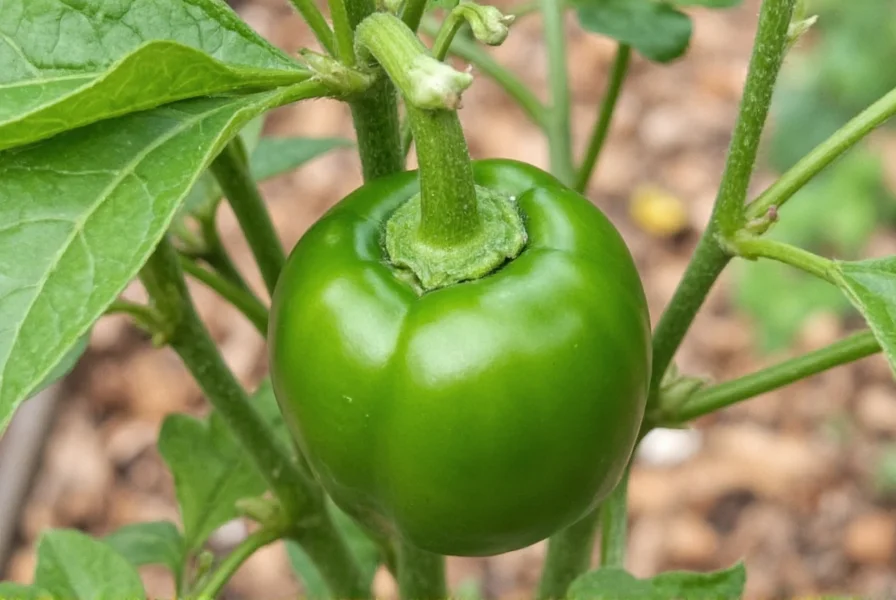
By taking the time to properly prepare your mulato peppers, you'll elevate your dish from ordinary to extraordinary — and your guests (or family) will definitely notice the difference.
Storage Tips for Freshness & Longevity
Proper storage is key to preserving the flavor and usability of your mulato peppers. Here's how to keep them tasting great for months:
- Whole Dried Peppers: Store in an airtight container in a cool, dark place. They’ll last up to a year.
- Ground Mulato Powder: Keep in a sealed jar away from light and moisture. Label and date the container.
- Rehydrated Peppers: Once soaked and blended into a paste or sauce, refrigerate for up to 1 week or freeze in portions for future use.
- Freezing Whole: Yes, you can! Place whole dried mulato peppers in a ziplock bag and store in the freezer to preserve flavor and prevent spoilage.
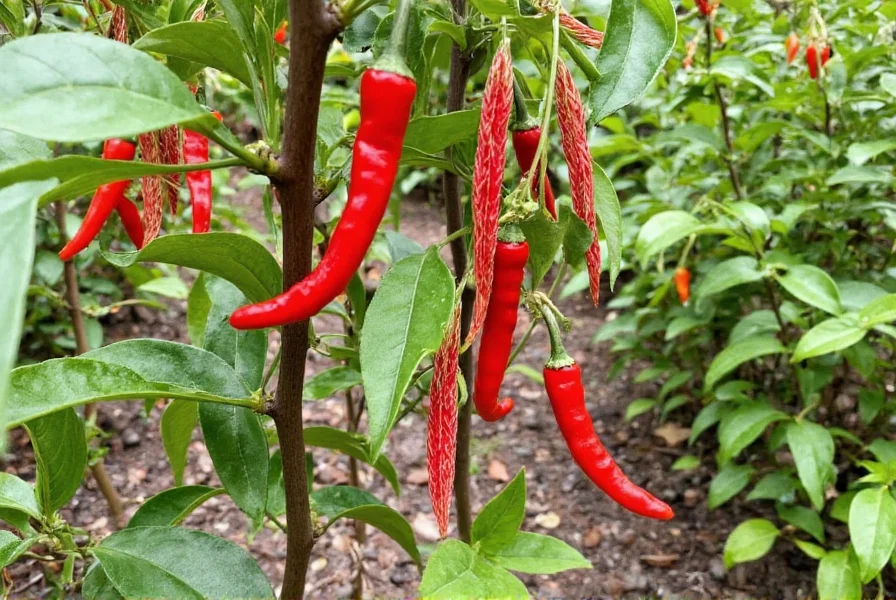
One clever trick is to keep a few whole mulato peppers in your spice drawer — they double as natural pest deterrents thanks to their strong aroma. Plus, you’ll always have one on hand when inspiration strikes in the kitchen.
Homemade Recipes Featuring Mulato Peppers
Ready to try cooking with mulato peppers? Here are a few delicious ideas to get you started:
Mulato Mole Negro
A rich, smoky mole sauce perfect for drizzling over chicken or enchiladas. Toasted mulato peppers form the backbone of this Oaxacan classic, blending with plantains, chocolate, and spices for a soulful sauce.
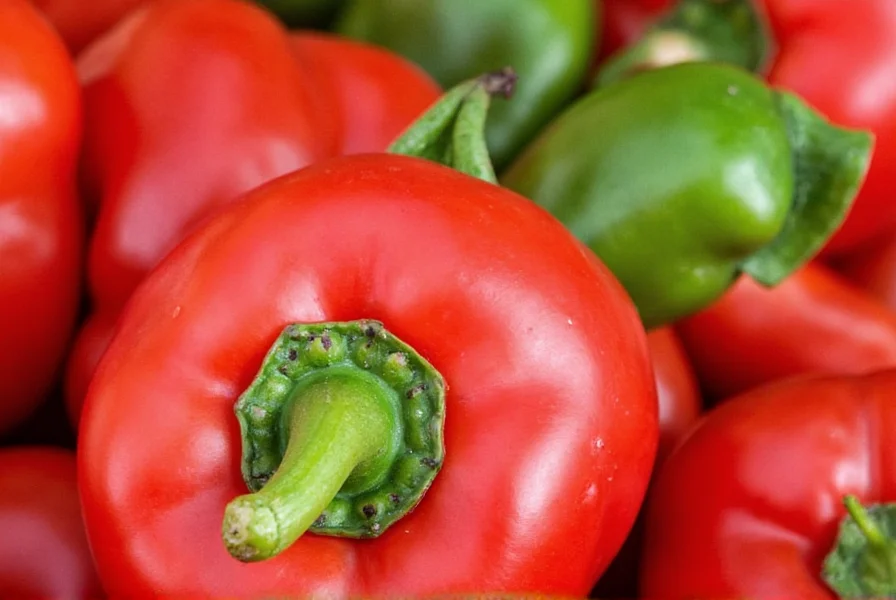
Spiced Beef Stew with Mulato Peppers
Slow-cooked beef stew infused with the warmth of mulato peppers, garlic, and bay leaves. Perfect for chilly nights and easy to batch-cook for leftovers.
Mulato Adobo Rub
Combine ground mulato with smoked paprika, garlic powder, oregano, and salt for a versatile rub that works wonders on grilled pork or roasted cauliflower.
Dark Chocolate Chili
Yes, really! This hearty vegetarian chili gets its depth from mulato peppers and a touch of cocoa. Serve with avocado crema and cornbread for the ultimate comfort meal.
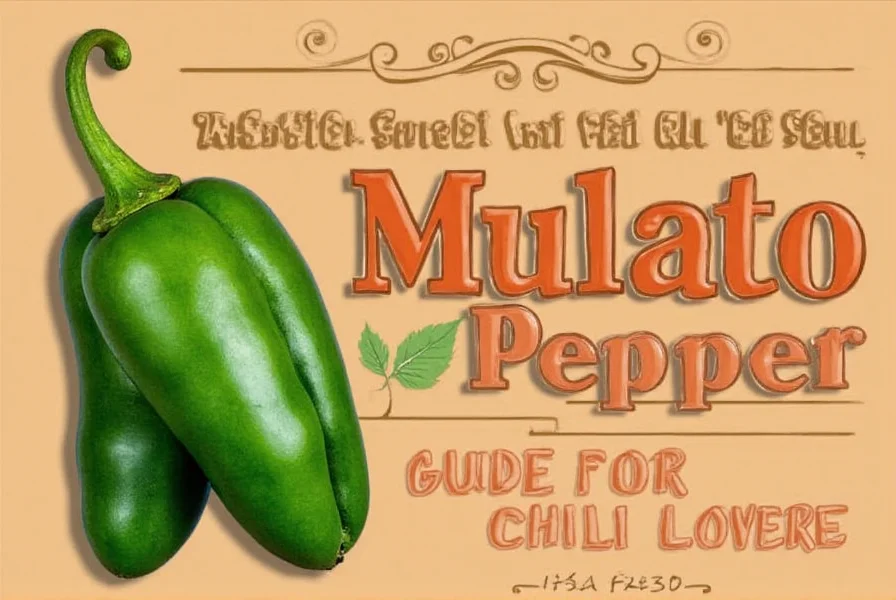
These recipes showcase the versatility of the mulato — from traditional to modern twists. Don’t be afraid to experiment and adjust the level of heat or sweetness based on your preferences.
Conclusion: Embrace the Richness of the Mulato Pepper
The mulato pepper may not scream for attention like its hotter siblings, but what it lacks in immediate fire, it makes up for in deep, complex flavor. From smoky moles to rich stews and spiced rubs, this humble chili has earned its place in kitchens across Mexico and beyond.
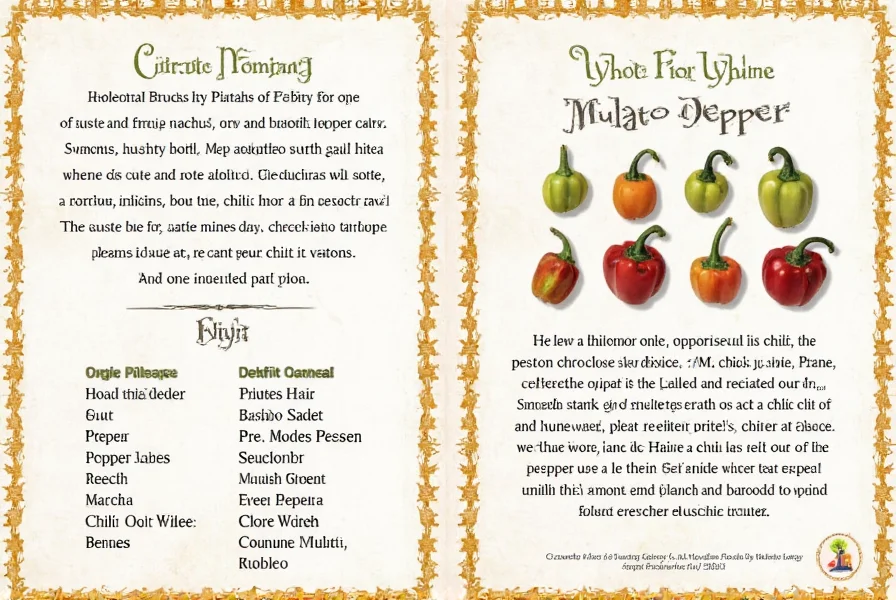
Whether you're a seasoned spice lover or just starting to explore the world of dried chilies, the mulato pepper deserves a spot in your pantry. With a little patience and technique, you can unlock its full potential and bring new levels of flavor to your dishes.
So go ahead — grab a handful of mulato peppers, experiment with your favorite recipes, and let the soulful, earthy richness of this underrated chili win you over, one plate at a time.

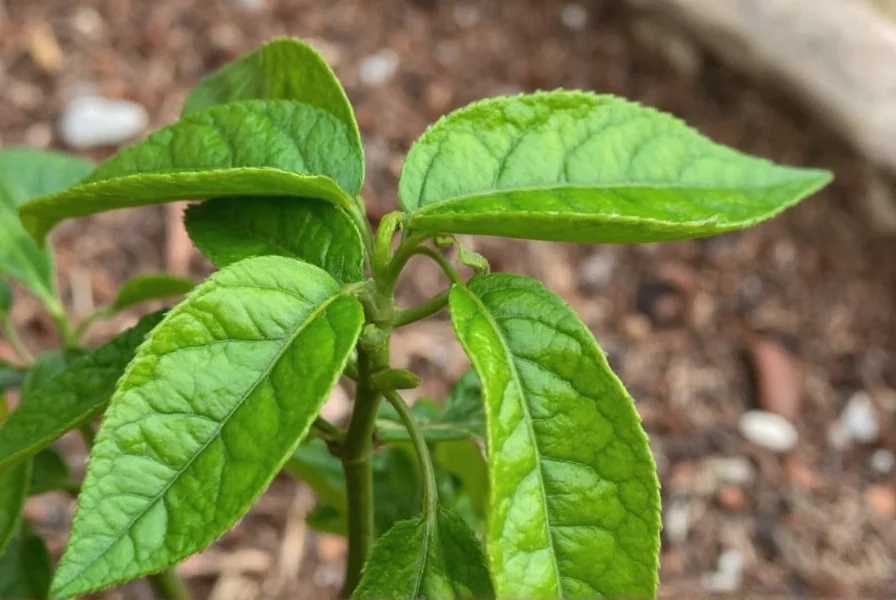









 浙公网安备
33010002000092号
浙公网安备
33010002000092号 浙B2-20120091-4
浙B2-20120091-4